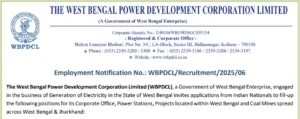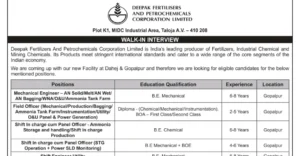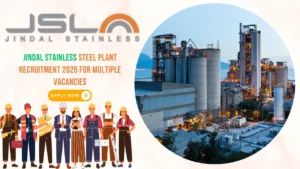31. What is the percentage of agricultural population in India in 2012.
A. 66 per cent
B. 35 percent
C. 70 percent
D. 90 percent
A. 66 per cent
32. What was the contribution of the primary sector to net domestic product of India in 2011.
A. 80%
B. 18%
C. 53%
D. 25%
B. 18%
33. Which state of India has derived the maximum benefit from Green Revolution.
A. Kerala
B. Maharashtra
C. UP
D. Punjab
D. Punjab
34. Land reform includes:
A. new idea of irrigation
B. fertilizers
C. new seeds
D. all of the above
D. all of the above
35. Which are kharif crop(s)
A. maize
B. cotton
C. sugar cane
D. all of these
D. all of these
36. Which is the main wheat production State of India
A. Punjab
B. Orissa
C. goa
D. none of there
A. Punjab
37. Which is the Commercial crop
A. tea
B. rice
C. wheat
D. none of there
Answer: A. tea
38. Tenancy reform is related to.
A. regulation of rent
B. security of tenure
C. conferment of ownership rights
D. all of the above
D. all of the above
39. PDS Stands for:
A. public distribution system
B. public division system
C. price distribution system
D. all of these
A. public distribution system
40. Agricultural Credit is given by.
A. co-operatives
B. rrbs
C. nabard
D. all of the above
D. all of the above
41. When the first industrial policy was introduced ?
A. 1951.
B. 1991.
C. 1948.
D. 1956
C. 1948.
42. India’s Green revolution was most successful in …………Production:
A. wheat
B. rice
C. maize
D. cotton
A. wheat
43. Regional Rural Bank were started in ………………..
A. 1969
B. 1972
C. 1975
D. 1991
C. 1975
44. The worst form of land tenures system was…………………….
A. zamindary
B. riotwary
C. mahalwari
D. malguzari
A. zamindary
45. How many industries are reserved for the public sector in the new Industrial policy 1991.
A. 60
B. 8
C. 10
D. 12
B. 8













